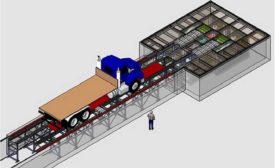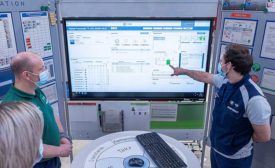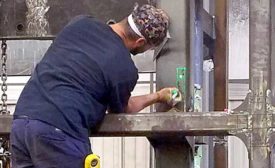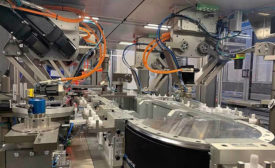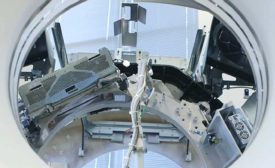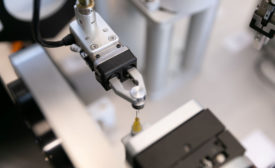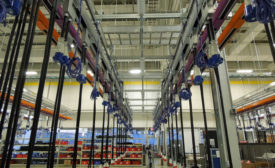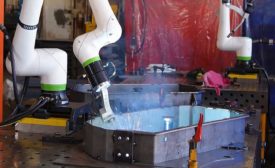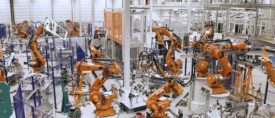Home » flexible assembly
Articles Tagged with ''flexible assembly''
New technologies are helping assemblers keep track of product on the line.
Read More
Conveyor Case Studies
With the right conveyor, manufacturers can greatly improve their assembly, part feeding and packaging processes.
July 15, 2022
The Right Robot for the Job
Systems integrator mixes and matches SCARA robots for medical device assembly line.
May 12, 2022
Justifying Investment in Automation
Production ‘pain points’ should be identified and well documented.
March 31, 2022
Never miss the latest news and trends driving the manufacturing industry
Stay in the know on the latest assembly trends.
JOIN TODAY!Copyright ©2024. All Rights Reserved BNP Media.
Design, CMS, Hosting & Web Development :: ePublishing


